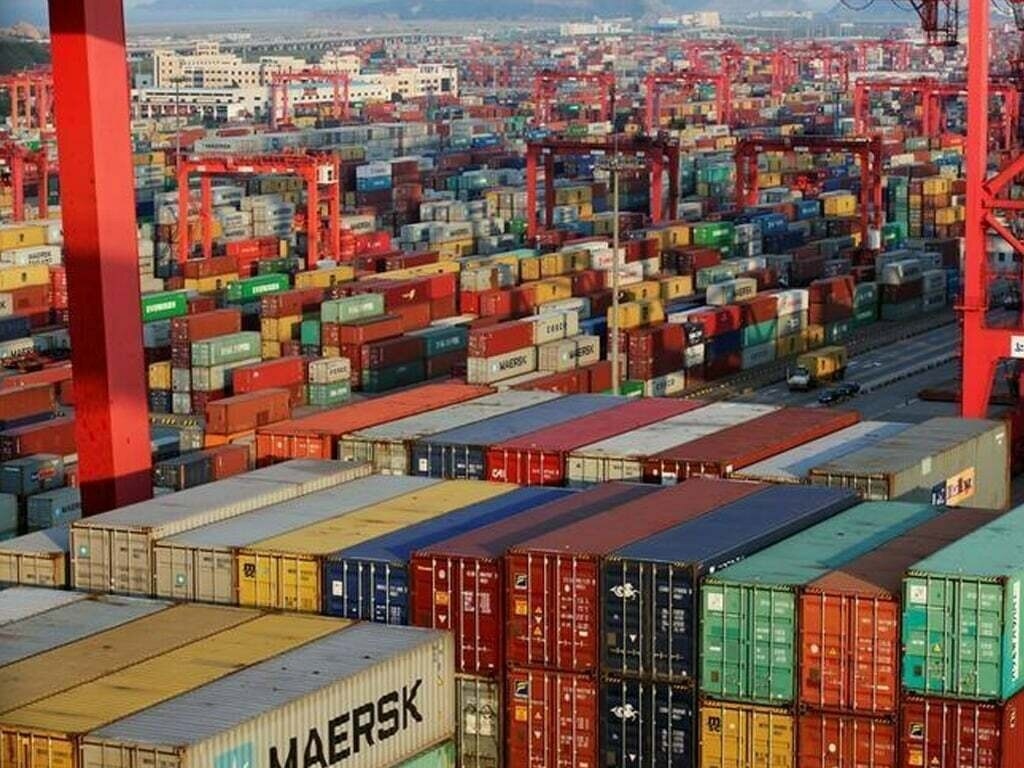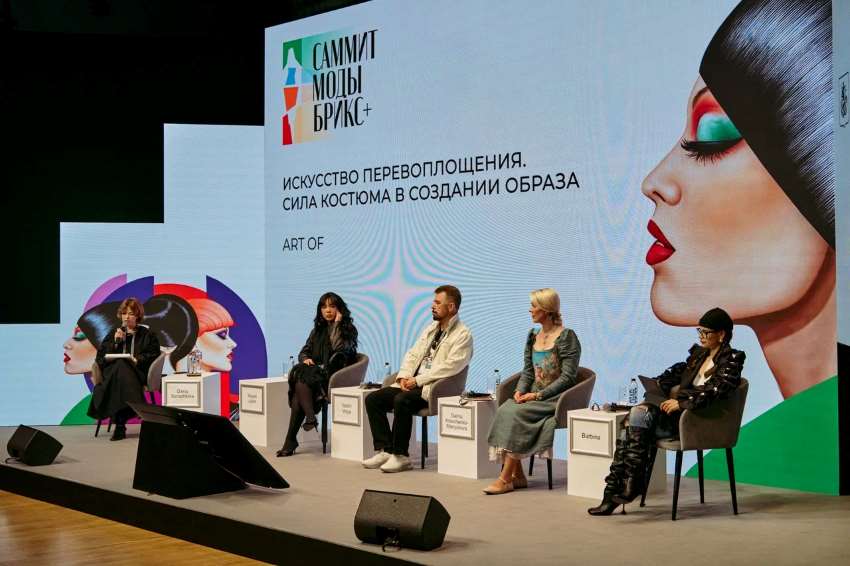"Fashion cycles change faster than one can imagine. From just a few collections a year, fast-fashion brands such as Zara now offer more than 20, while Sweden’s H&M manages up to 16. It’s a big shift from days when there were only 3-4 collections a year. While this has gone down well with fashion police but it’s impacting the environment in a major way. McKinsey estimates, from pesticides in cotton fields to denim washes, making 1kg of fabric generates 23 kg of greenhouse gases on an average."

Fashion cycles change faster than one can imagine. From just a few collections a year, fast-fashion brands such as Zara now offer more than 20, while Sweden’s H&M manages up to 16. It’s a big shift from days when there were only 3-4 collections a year. While this has gone down well with fashion police but it’s impacting the environment in a major way. McKinsey estimates, from pesticides in cotton fields to denim washes, making 1kg of fabric generates 23 kg of greenhouse gases on an average.
The clothing life cycle has drastically reduced to half compared to earlier. However, global clothing companies know well that customers demand eco-friendly clothing these days. Clothing companies such as Nike have already started taking positive measures. According to eco-experts, one obvious way by which firms can answer environmental concerns is to use renewable energy to power their facilities. Additionally, they can cut back sharply on water and chemical use; and can develop new materials and manufacturing processes that reduce inputs.
Brands take the first green steps

H&M was the largest buyer in the world of ‘Vetter cotton’ last year—that is, cotton produced under a scheme to eliminate the pesticides and encourage strict water management. It grows in 24 countries and represents about 12 per cent of the 25m tonnes of cotton produced each year globally. Kirsten Brodde of Greenpeace highlights that H&M has eliminated toxic per- and polyfluorinated chemicals from its lines (which are used to make garments waterproof). Nike’s Flyknit method of weaving items, including trainers, reduces waste by 60 per cent in comparison with cutting and sewing. Flyknit products have a large following: revenues from the line came to more than $1bn in the last fiscal year.
These are only a handful of companies taking green steps, others don’t even measure their overall environmental impact. Introducing green collections can even carry a risk for brands, informs Steven Swartz of McKinsey because it’s quite possible that a shopper will shift from wearing a consciously green T-shirt to other kinds of clothing owing to changing fashion trends.
Some brands have started encouraging customers to recycle old clothes by returning them to stores. But almost all apparels today are made of a mix of materials—often including polyester. Separating them out is difficult and mechanical methods of recycling degrade fibres. Chemical methods are too expensive to be viable. Shipping second-hand clothes off to countries in Africa and Asia is also an issue. Even if local markets are large enough to absorb them, the poorer quality of polyester-mixed garbs means they do not survive long.
As a pathbreaking achievement British designer Tom Cridland, has created men’s clothing designed to last three decades, thanks to strong seams and special treatments to prevent shrinking. He expects revenues of $1m this year, but admits that his model will be hard to scale. Patagonia, a maker of climbing and hiking gear, sends vans to campuses to help students patch up jackets and trousers. It helps others with greenery, too. After discovering a type of material for wetsuits that, unlike neoprene, requires no oil to make, Patagonia shared the findings with surfing brands such as Quiksilver. Such innovations are the critical need of the hour. At last, style may be forever but today’s model of clothing production is not.











